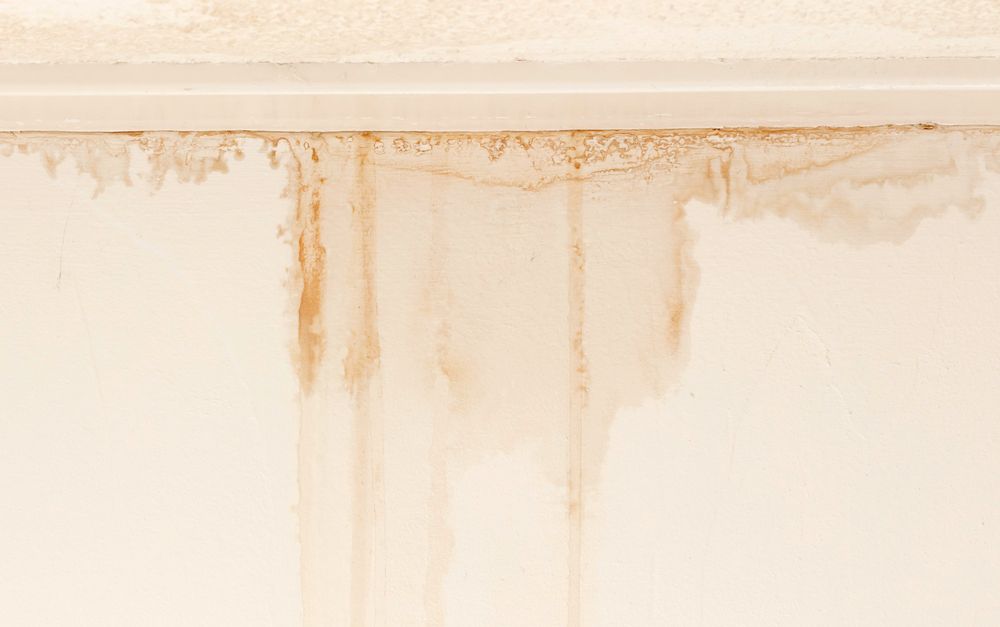Just how do you feel in relation to Finding hidden leaks?

Early discovery of leaking water lines can alleviate a prospective disaster. Some little water leakages may not be visible.
1. Check Out the Water Meter
Every residence has a water meter. Inspecting it is a proven way that helps you discover leakages. For starters, shut off all the water resources. Ensure nobody will certainly purge, use the tap, shower, run the washing device or dish washer. From there, most likely to the meter and also watch if it will transform. Given that nobody is using it, there must be no movements. That indicates a fast-moving leakage if it moves. If you discover no modifications, wait an hour or 2 and also check back once again. This indicates you may have a sluggish leakage that could even be below ground.
2. Check Water Usage
Analyze your water expenses and track your water intake. As the one paying it, you must notice if there are any kind of disparities. If you detect sudden changes, despite your intake being the same, it suggests that you have leakages in your plumbing system. Remember, your water costs need to drop under the very same array every month. An abrupt spike in your bill shows a fast-moving leak.
On the other hand, a steady boost monthly, even with the same behaviors, reveals you have a slow leakage that's also gradually escalating. Call a plumber to thoroughly inspect your residential property, especially if you feel a warm location on your floor with piping below.
3. Do a Food Coloring Examination
When it comes to water consumption, 30% comes from toilets. If the color in some way infiltrates your dish during that time without flushing, there's a leakage in between the container as well as bowl.
4. Asses Exterior Lines
Don't forget to examine your outside water lines also. Needs to water leak out of the link, you have a loosened rubber gasket. One little leakage can throw away lots of water and also surge your water costs.
5. Analyze the scenario and also examine
Home owners need to make it a routine to check under the sink counters and also also inside cabinets for any type of bad odor or mold and mildew growth. These 2 red flags suggest a leak so punctual focus is called for. Doing regular assessments, even bi-annually, can save you from a significant problem.
Extra notably, if you understand your home is currently old, keep a watchful eye on your heating units, hoses, pipelines etc. Look for stainings as well as deteriorating as many appliances and pipes have a life expectancy. They will certainly also naturally weaken as a result of damage. Don't wait for it to rise if you think dripping water lines in your plumbing system. Call an expert plumber as soon as possible so you don't end up with an awful mess in your house.
Early discovery of leaking water lines can mitigate a possible catastrophe. Some small water leaks may not be visible. Inspecting it is a surefire means that aids you find leaks. One small leak can waste lots of water and spike your water expense.
If you believe dripping water lines in your plumbing system, do not wait for it to intensify.
WARNING SIGNS OF WATER LEAKAGE BEHIND THE WALL
PERSISTENT MUSTY ODORS
As water slowly drips from a leaky pipe inside the wall, flooring and sheetrock stay damp and develop an odor similar to wet cardboard. It generates a musty smell that can help you find hidden leaks.
MOLD IN UNUSUAL AREAS
Mold usually grows in wet areas like kitchens, baths and laundry rooms. If you spot the stuff on walls or baseboards in other rooms of the house, it’s a good indicator of undetected water leaks.
STAINS THAT GROW
When mold thrives around a leaky pipe, it sometimes takes hold on the inside surface of the affected wall. A growing stain on otherwise clean sheetrock is often your sign of a hidden plumbing problem.
PEELING OR BUBBLING WALLPAPER / PAINT
This clue is easy to miss in rooms that don’t get much use. When you see wallpaper separating along seams or paint bubbling or flaking off the wall, blame sheetrock that stays wet because of an undetected leak.
BUCKLED CEILINGS AND STAINED FLOORS
If ceilings or floors in bathrooms, kitchens or laundry areas develop structural problems, don’t rule out constant damp inside the walls. Wet sheetrock can affect adjacent framing, flooring and ceilings.
https://www.servicemasterbyzaba.com/blog/how-to-detect-water-leakage-in-walls/

As a keen reader on Finding hidden leaks, I assumed sharing that article was important. Enjoyed our blog? Please share it. Help another person check it out. I appreciate reading our article about Finding hidden leaks.